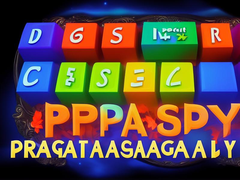
Understanding the Conversion between Fractions and Decimals
When dealing with numbers, understanding how to convert between fractions and decimals is crucial. This knowledge is essential for various mathematical operations and real-life applications, such as financial calculations and measurements. This article will provide a clear and comprehensive explanation of fraction and decimal conversion, including methods and practical examples.
Definition of Fractions and Decimals
Fractions represent a part of a whole and are written in the form a/b, where ‘a’ is the numerator and ‘b’ is the denominator. Decimals, on the other hand, are numbers expressed in a base-10 system, with a decimal point separating whole numbers from fractional parts. Both forms are used to express values less than one, but they do so in different ways.
Converting Fractions to Decimals
To convert a fraction to a decimal, divide the numerator by the denominator. For instance, to convert 3/4 to a decimal, divide 3 by 4, which equals 0.75. This method is straightforward and works for all fractions.
Converting Decimals to Fractions
To convert a decimal to a fraction, write the decimal number as a fraction with 1 as the denominator followed by the number of decimal places. For example, 0.6 can be written as 6/10. Simplify the fraction if possible by dividing both the numerator and the denominator by their greatest common divisor.
In summary, converting between fractions and decimals involves simple arithmetic operations. Mastery of these conversions is essential for accurate calculations and effective problem-solving in various mathematical and real-world contexts.









